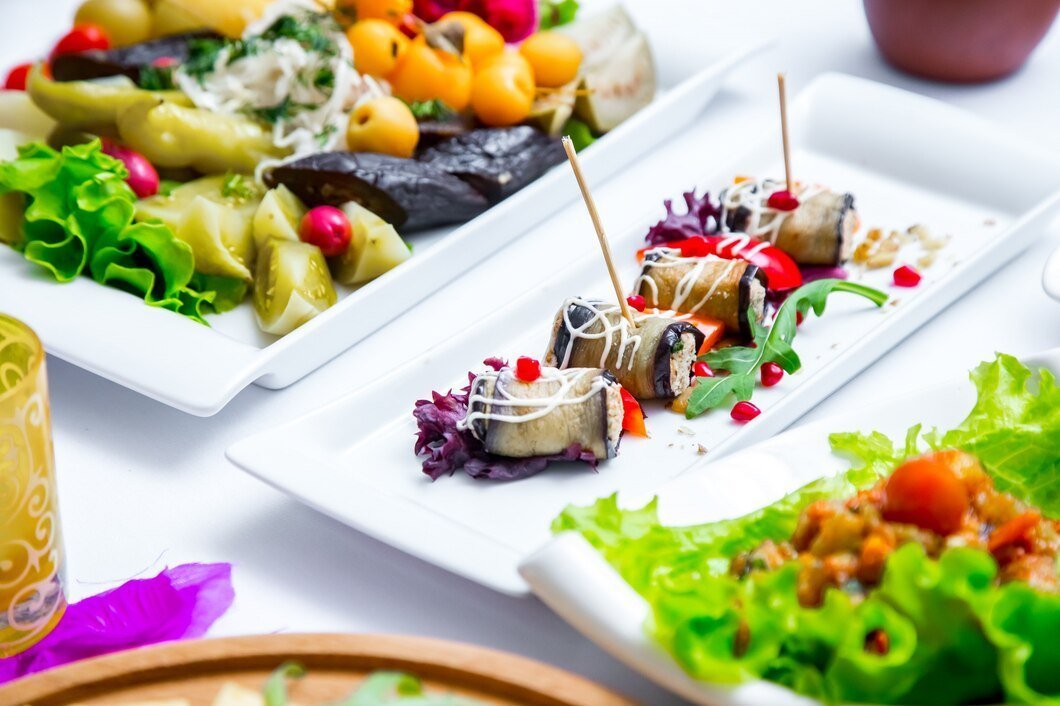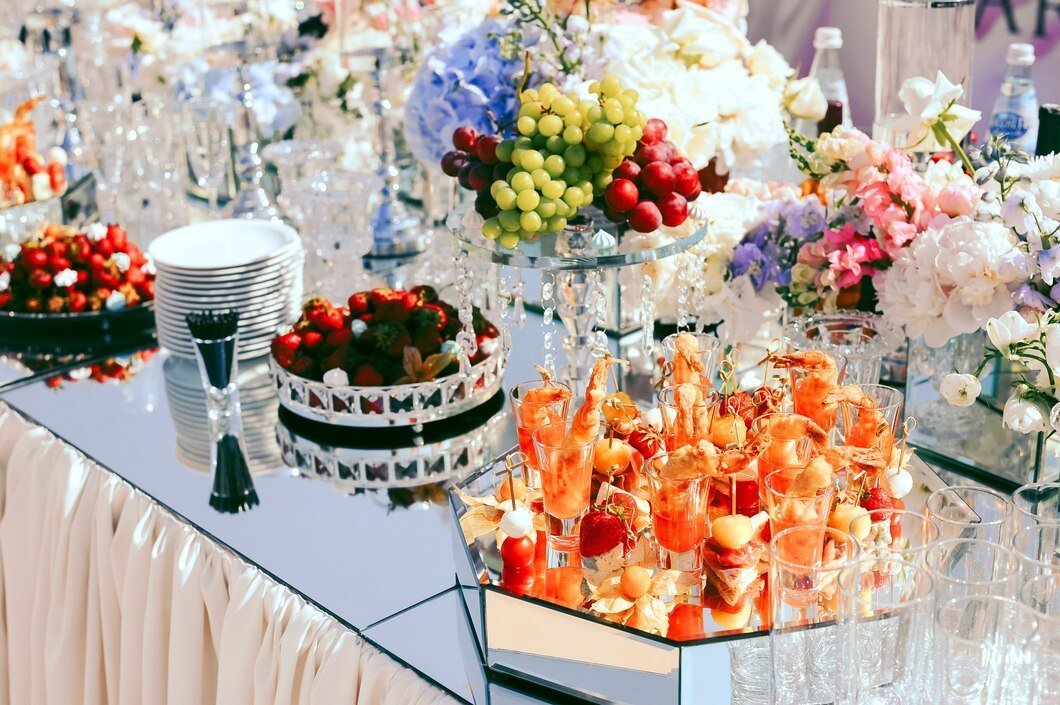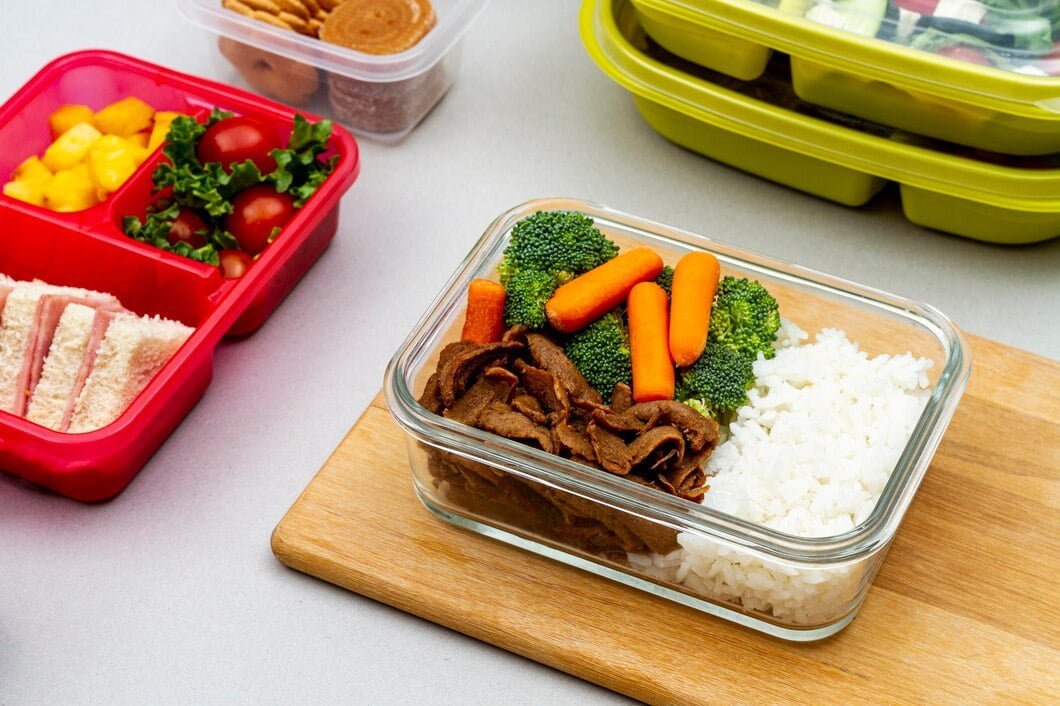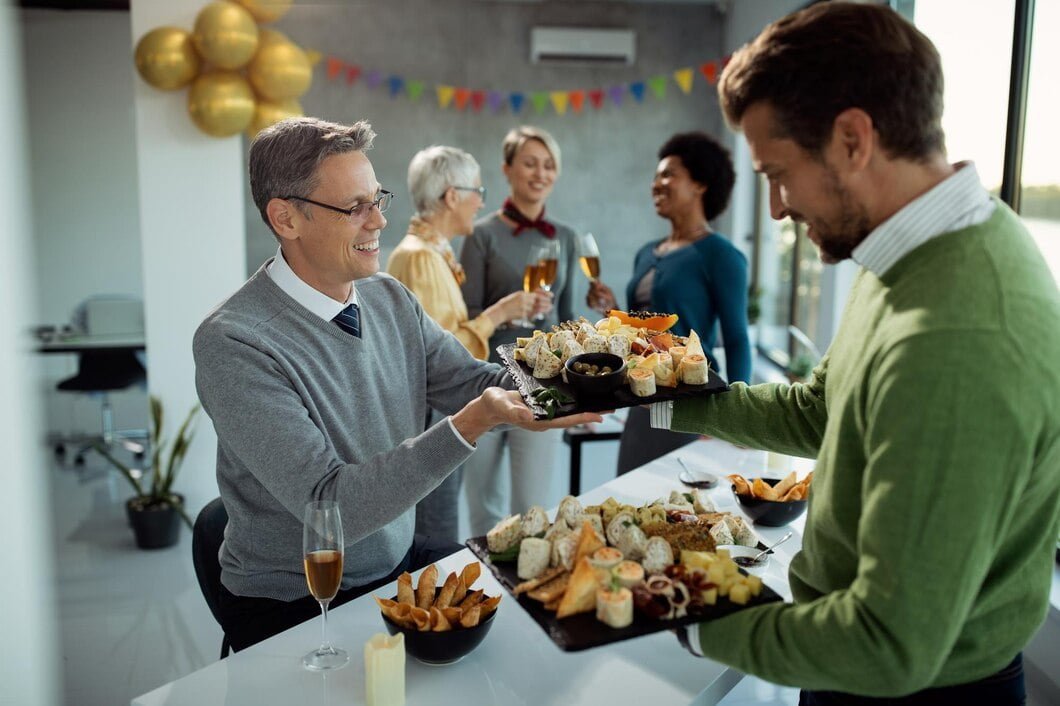Make An Afternoon Tea Party One That Everyone Will Love
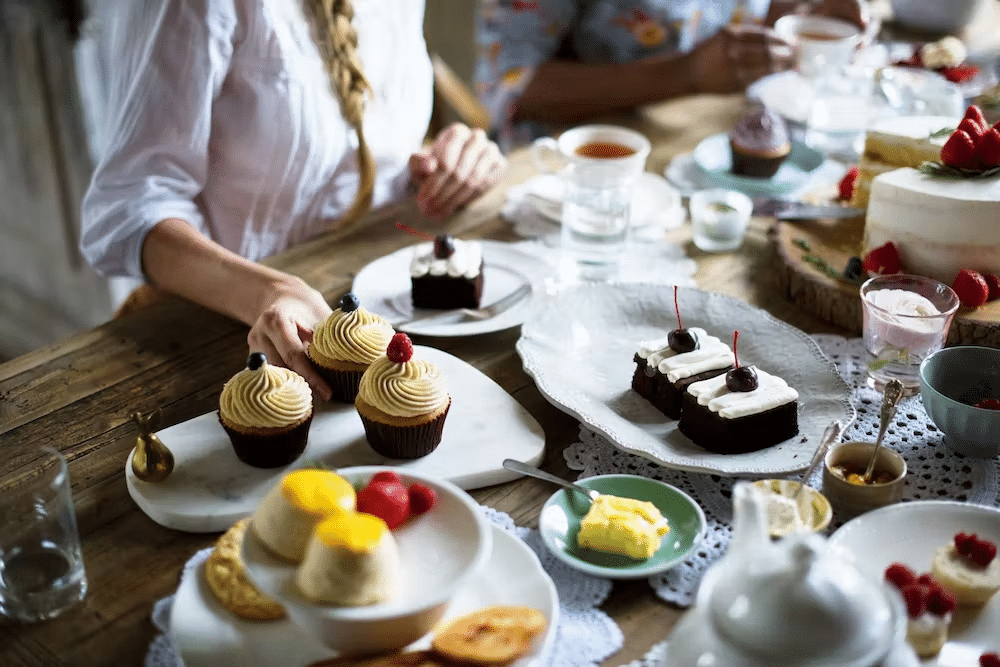
Who doesn’t enjoy a cup of tea in the afternoon? Do you want to learn how to create a perfect afternoon tea party for you and your friends to enjoy?
We’ll outline the steps to making it for you and your friends in this blog, along with some of the best afternoon tea suggestions. Or, if you don’t feel like cooking one, treat yourself to our elegant afternoon tea in the Lake District.
What Is Afternoon Tea?
The British have been enjoying afternoon tea since the middle of the 1800s. Afternoon tea gained popularity as a bridge between lunch and supper because dinner was typically served late, at 8 o’clock.
The delectable spread includes scones with jam and clotted cream, dainty sandwiches sliced into fingers, various pastries, and other sweet delicacies like traditional carrot cake and lemon drizzle cake. These treats come with various scented teas and are presented on a tiered cake stand.
The custom of afternoon tea is credited to the Duchess of Bedford. Still, it wasn’t until Queen Victoria started hosting her gatherings that it gained popularity and evolved into the more formal event known as a tea reception. The attendance at these gatherings, which were held from 4 to 7 p.m., may reach 200 people.
Even today, having afternoon tea as a treat or commemorating a particular event is still very common in Britain.
Famous Must-Have Afternoon Tea Party Food And Drinks
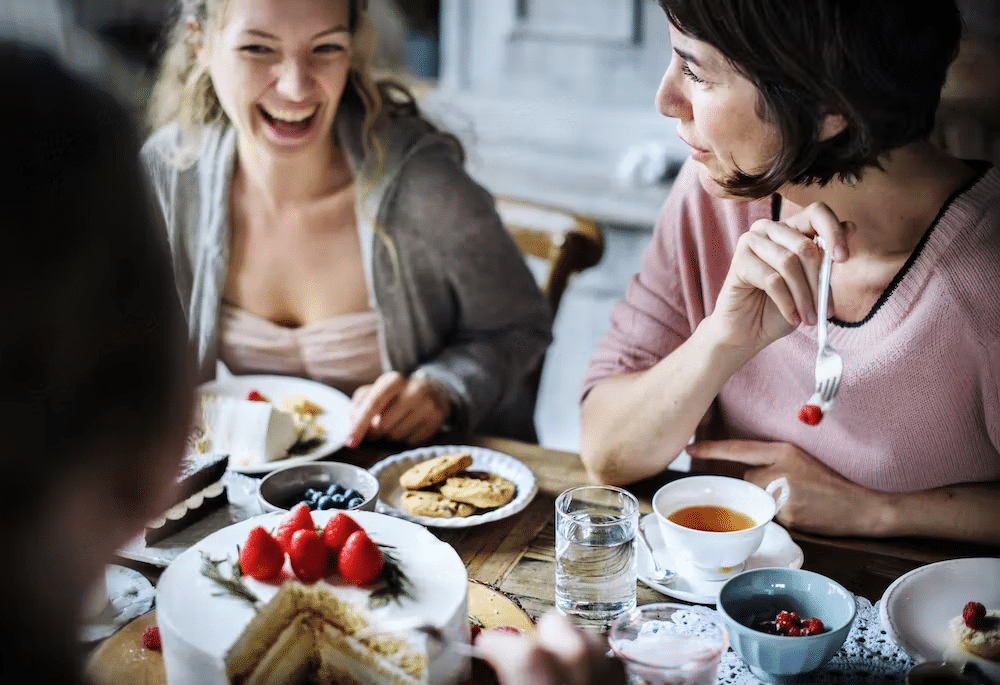
Typically, a conventional afternoon tea meal will feature some of the foods listed below:
- different finger sandwiches.
- freshly baked scones with clotted cream and jam.
- a variety of baked goods created from scratch
- variety of teas.
Sandwiches
The simple sandwich is the afternoon tea mainstay. Sandwiches are typically split into fingers, and their crusts are frequently removed. The following are a few of the most common fillings:
- Cucumber
- Egg mayonnaise with cress
- Smoked salmon with cream cheese
- Ham and mustard
Champagne
For afternoon tea, many restaurants and hotels provide a set menu with the option to add a glass of Champagne or Prosecco for an additional cost.
The cost of Champagne and Prosecco can be expensive. If you’re looking for a way to make your afternoon tea more affordable, consider asking the restaurant or hotel to provide a set menu with options for adding a glass of wine or Champagne.
Teas
The traditional afternoon tea buffet would not be complete without tea. The range can be in multiple digits, depending on where you go. Among the most popular are:
- Earl Grey – The ideal fusion of black teas with a hint of bergamot, named after the second Earl Grey, the British Prime Minister, Charles Grey.
- Assam – Assam is a robust Indian tea with a malty flavour that is a perennial favourite among tea drinkers everywhere.
- Darjeeling – Another Indian tea, Darjeeling has flavours of almonds and wildflowers that make it stand out.
- Lapsang Souchong – A smoked tea with a strong scent that is smoked over pine needles.
Afternoon Tea Menu: Your Step-By-Step Guide
Consider where you and your guests will sit to enjoy the delectable sweets and delicious teas, whether you are hosting an afternoon tea for two or a larger gathering.
Why not celebrate afternoon tea outside in the garden or on a terrace if the weather is nice? You can always swiftly head back inside with your cake stand and tea if the weather suddenly turns bad.
Since we also eat with our eyes, ensure your table is as attractive as possible. Make sure you have enough area to display all of your delights.
Crockery To Use For Afternoon Tea
Not having matching dishes is no longer considered a faux pas. Yet, if you really want to go all out, think about using China. But make sure you have something like a picnic basket to ensure safe transfer if you’re eating your afternoon tea outside.
Do not worry if you lack China. You can always stop by a thrift store or an antique show where you might discover some hidden bargains. You’ll also need the following additional items:
- Teapot
- Milk jug
- Tea strainer
- Sugar bowl
- Plate (for lemon slices)
Tea Considerations
Bags of tea or loose tea? The decision is yours. Although loose tea is considered more traditional, both are frequently used in hotels and restaurants, so it is completely up to you which one you like.
Food Ideas
- Sandwiches with whatever type of filling you choose.
- Sausage rolls, mini quiches, or scones.
- Salted scones (cheese scones are proving popular).
- Teeny cakes.
- Muffins.
- Traditional scones have cream and strawberry jam, while raspberry jam is a more contemporary option.
- A few tray bakes.
- A variety of teas (or coffee).
Ask your visitors to bring one of their favourite afternoon tea recipes, like a traditional carrot cake, Victoria sponge, tarts, or brownies. This will ensure that there is a plentiful supply of treats available. If you wanted a more booze-filled afternoon tea, you might consider substituting Champagne or even easy-to-make cocktails for some of the tea.
Conclusion
In addition to being adored for its adorable finger sandwiches, exquisite desserts, and reviving beverages, afternoon tea is also a celebration in and of itself. As essential as what you engage in is how, where, and who you indulge in it with. Now, you know how to make an afternoon tea precisely, exciting and enjoyable for your guests.
FAQs
What is traditionally served at an afternoon tea?
Traditional afternoon tea consists of a selection of dainty sandwiches (including, of course, thinly sliced cucumber sandwiches) and scones served with clotted cream and preserves. Cakes and pastries are also served. Tea is grown in India, or Ceylon is poured from silver tea pots into delicate bone china cups.
What are the two types of afternoon tea?
Low tea is another name for afternoon tea. Cream tea is a pared-down afternoon tea with just one course — the scones. Royal tea is a pricier version of afternoon tea due to the addition of Champagne.
What is the best time for afternoon tea?
People usually have afternoon tea between 3 and 5 pm, and 4 pm is often the best time for afternoon tea. Many hotels and restaurants offer it from noon until early evening, though, so you don’t have to stick to the rules if you want to have it earlier or later.
References and Citations:
https://twinings.co.uk/blogs/news/history-of-afternoon-tea
https://www.foodandwine.com/wine/champagne-sparkling-wine/differences-between-champagne-prosecco-and-cava



